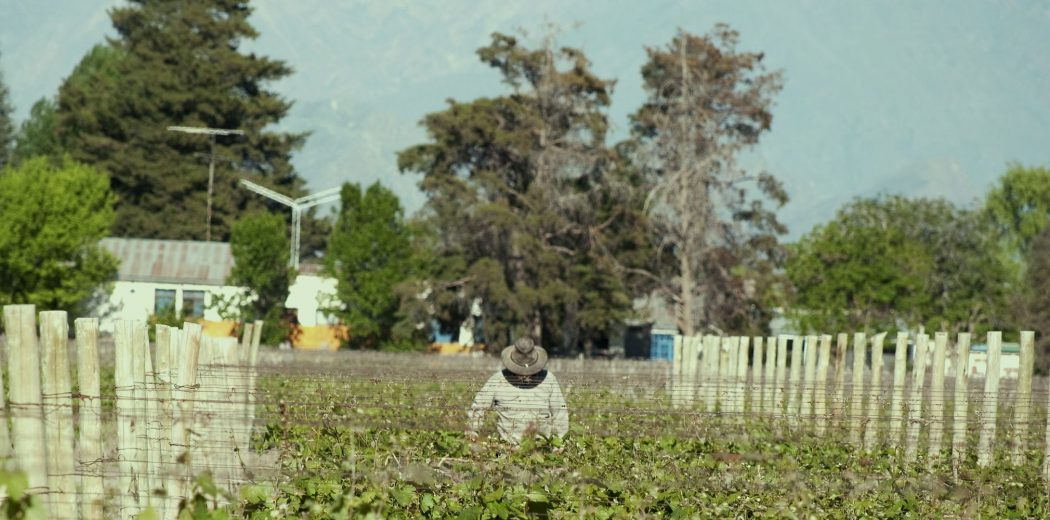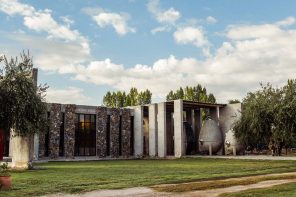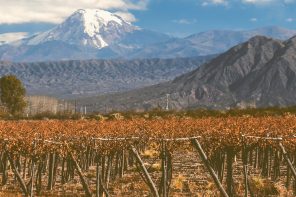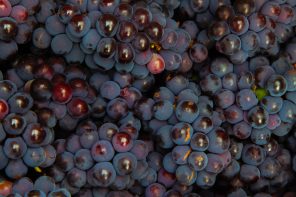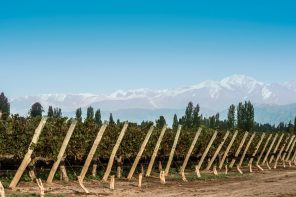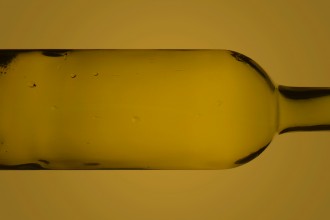Situated high in the Andes is the soul of Argentina’s wine industry. Mendoza is this South American country’s single most important wine region, the one that helped establish Argentina as a tour de force in the wine world and catapulted it to fame in the latter part of the 20th century. And there is one grape responsible for the nation’s phenomenal success: Malbec.
Malbec, as you may know, is a French grape variety of the Bordelais extraction. Brought over by European immigrants in the 19th century, it shares a parent with Merlot and Magdeleine Noire des Charentes, an ancient grape which was only recently rediscovered. This makes Malbec a relative of Cabernet Franc, Cabernet Sauvignon and Carménère. The latter grape has risen to stardom across the Andes in Chile’s vineyards, parallel to Mendoza’s Malbec boom.
And just what is it that makes Mendoza primo Malbec-making country? Why the terroir, of course. Argentina experiences a warm, continental climate. The Andes act as a massive shield from westerly winds coming off the Pacific Ocean; viticultural hazards like fungal disease and rot are a non-issue here. This Andes rain shadow effect also means that rain is a bit of a rarity; drought is more common than not and winemakers are forced to rely on irrigation in the vineyard. So how is this French red variety able to thrive in a climate of questionable vine hospitably? The answer is altitude. Mendoza is home to some of the world’s highest altitude vineyards.
The higher you climb up the Andean foothills, the lower the average temperature gets. Grapes can retain natural acidity while still receiving all the benefits of plenty of sun and a long growing season. They reach physiological ripeness without a problem but hang onto the acid that is so essential in creating well-balanced wines. Spring frosts which can spell utter ruin in other regions around the world seldom, if ever, occur, allowing the flowering and fruit set of Malbec vines to take place.
The only major complication here is summer hail, known locally as La Piedra, which can destroy bunches and be a real undoing for vintages. Soils here are poor, which force vines to dig deep into the earth for nutrients. The result is grapes with incredibly rich, concentrated flavor which in turn means wine that is pretty hard to beat.
Mendoza is also the home to Argentina’s first official appellation, Luján de Cuyo. Along with the Uco Valley and Maipú, Luján de Cuyo makes some of the finest examples of high altitude Malbec in Argentina. Beyond Malbec, you’ll find plantings of Cabernet Sauvignon, Chardonnay and the uniquely Argentine Torrontés. This is undoubtedly red country, but along with the odd white wine, sparkling wine is now being made.
Argentina owes much of its well-deserved reputation in the wine world to Mendoza and its Malbecs. These are serious wines, New World classics which surpass anything the French can do with this grape in its native land (sorry, France). Mendoza Malbec is a modern-day wine success story. With generous black, red and blue fruits, the best Malbecs are beautifully balanced between acid and ripe tannins, have an incredible depth of flavor and can happily age in your cellar for years. If you haven’t jumped on the Malbec bandwagon yet, now is a good time to start – these wines are only going to get better.

